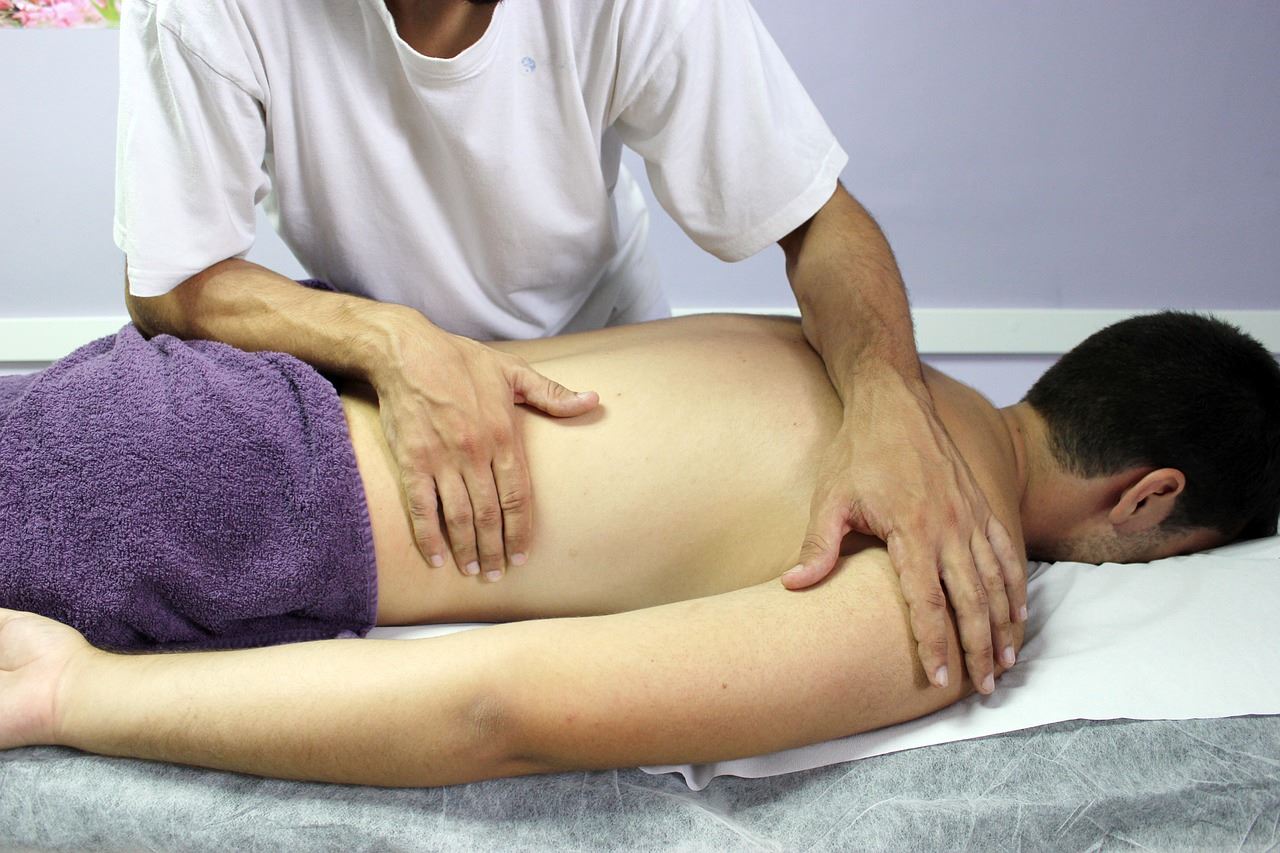What is Osteopathy ?
Osteopathy is a non-invasive form of manual therapy that specializes in gentle and effective treatment of a variety of ailments ranging from sports injuries, spinal disorders, infantile colic, neck aches, low back pain and headaches.
Osteopaths take a unique systematic approach to the diagnosis and treatment of your body to help you get well and stay well. The basic tenets of Osteopathic Medicine respects the self healing and self regulating (homeostatic) mechanisms of the human body; recognizing all physiologic functions of our body as a single well co-ordinated unit and its intimate relationship with our physical structures (spine, nerves, skeletal system, soft tissue, vasculature etc). The aches and pains we often feel usually stem from excessive biomechanical stresses we place on our musculoskeletal system.
Osteopaths take these as well as other factors in your lifestyle which could be a hindrance to how your body functions into consideration when arriving at a diagnosis and treatment.
A typical consultation with an Osteopath is aimed at the identification and treatment of these biomechanical disruptions using gentle hands-on techniques, as well as life style and nutritional modifications to restore the homeostatic balance of the body.

What can Osteopathy treat?
Apart from conventional back pain, bone pain, muscle tiredness and joint problems, Osteopathy has also been found to help the following:
ADULTS:
• Headaches
• Migraines
• Chronic fatigue
• Irritable bowel syndrome
• TMJ (jaw problems)
• Wry Neck
• Frozen Shoulders
• Golfers/tennis elbow
• Arthritis
• Autoimmune disease e.g. thyroid problems, Rheumatoid Arthritis, SLE
• Pre/post operative problems
• Stress and anxiety
• Sporting injuries
• Occupational overuse problems
• Neck and back pain
• Sciatica
• Muscle cramps
• Pelvic alignment for pre and post labour
• Post labour pains
• Post labour pelvic floor muscle strengthening
• Colic
• Reflux
• Ear infections
• Irritable babies
• Constipation
• Wry neck (torticollus)
• Growing pains
• Delayed coordination developments
What to expect during your first treatment
The consultation will begin with a detailed case history, where your Osteopath will gather information to form an idea of not only your musculoskeletal health but also your general well being. A postural analysis will then follow where your practitioner may ask you to take off your shoes and shirt but leave your undergarments on. If you feel uncomfortable with this, please inform your practitioner and other arrangements can be made to accommodate.
The practitioner may ask you to perform a range of different motions to assess your mobility and problem areas within your body. This may often be followed by a range of muscle strength testing, sensation testing and examination of the problem areas, all of which is pain free.
Once a diagnosis is identified the practitioner will explain the findings and diagnosis and will obtain from you oral consent before treatment begins.
Treatment involved could range from massage, cranial therapy, balancing of ligaments to gentle manipulation. Some muscle discomfort may be felt during treatment but in general the treatment should feel pleasant and relaxing. If discomfort is felt please communicate this to your practitioner.
After treatment, your practitioner may prescribe stretches or exercises if deemed necessary.
What to expect after the treatment?
You should feel rather light and tired after treatment, as your body mechanics have just been altered. It is not unusual to have a bit of muscle discomfort after treatment, comparable to what you would feel after exercise. This is merely your body adjusting to the changes made and should subside within 24-48 hours. After treatment try to avoid strenuous exercise, hectic schedules, caffeine and alcohol as this may impede your body’s ability to return to good health.
What are possible side effects?
Osteopathy is a very safe form of manual medicine with minimal risk. The biggest risk that could be listed is after cervical manipulation (neck manipulations/adjustments/cracking) where strokes can occur in a selected group of predisposed people. Current medical research suggests that approximately 1.3 cases of strokes can occur in 100,000 cervical manipulations (http://www.cmaj.ca/cgi/content/full/165/7/907).
Other possible side affects include increase in inflammation or increase in muscle soreness.

